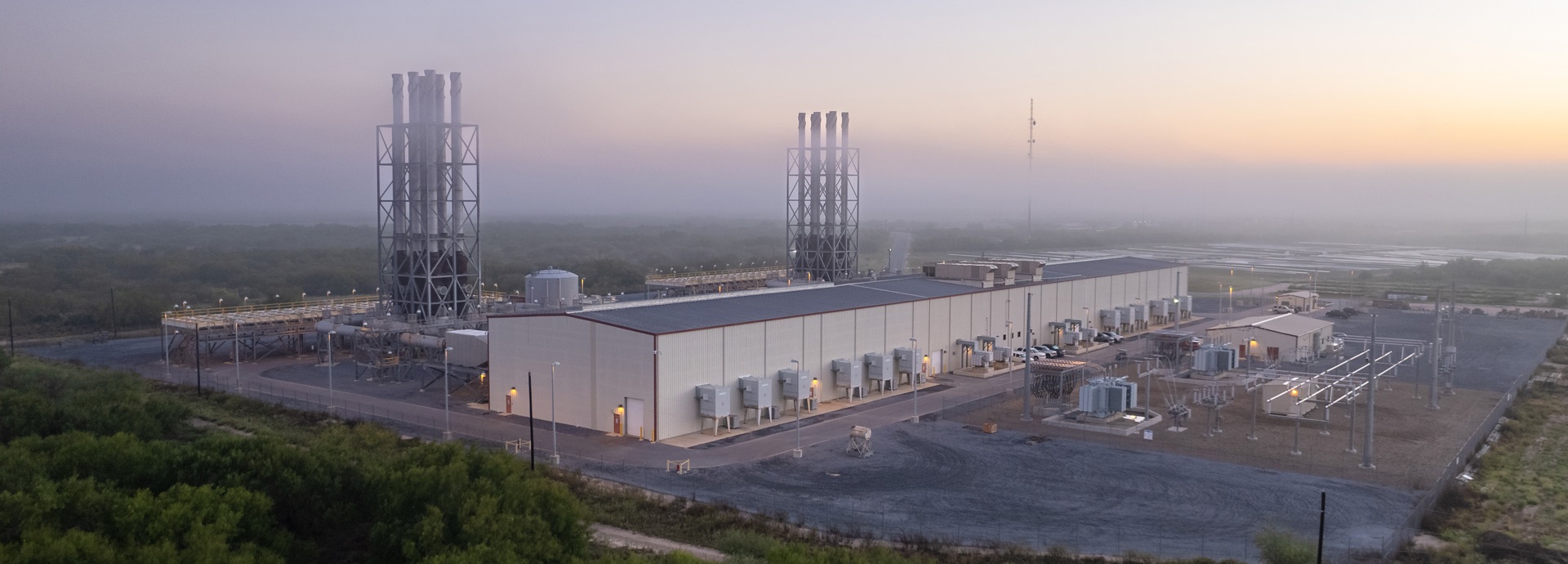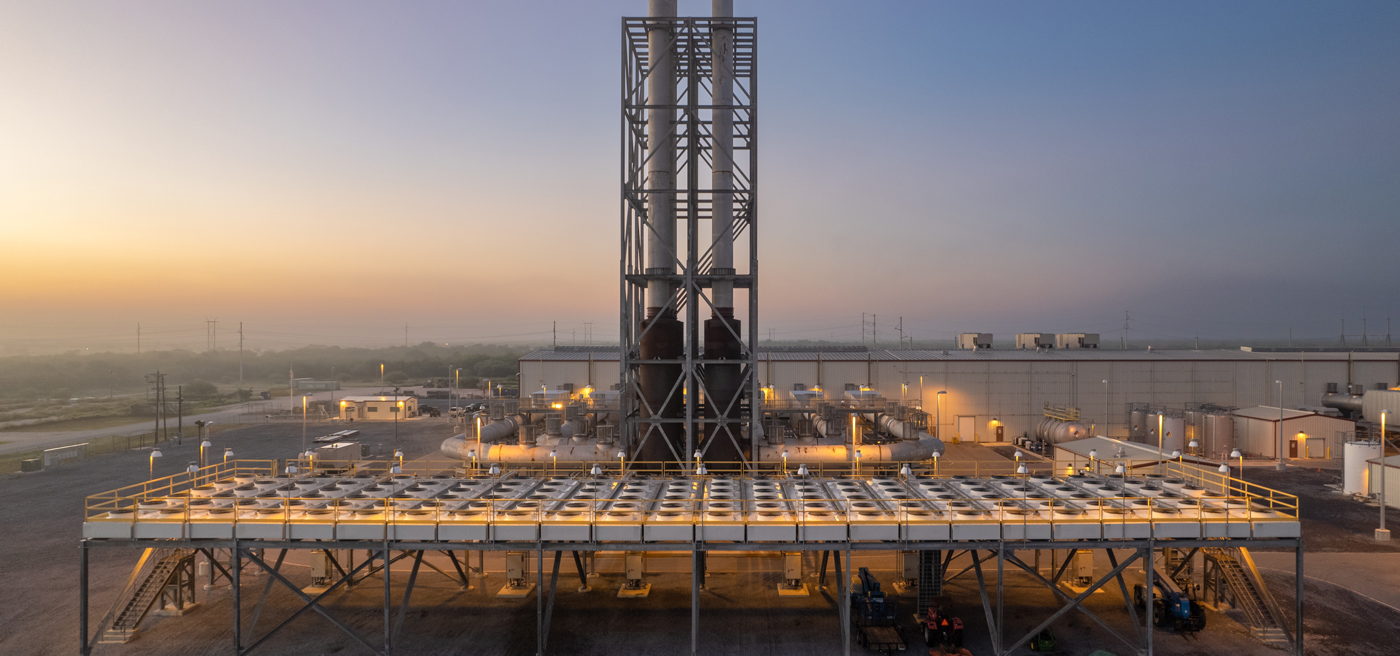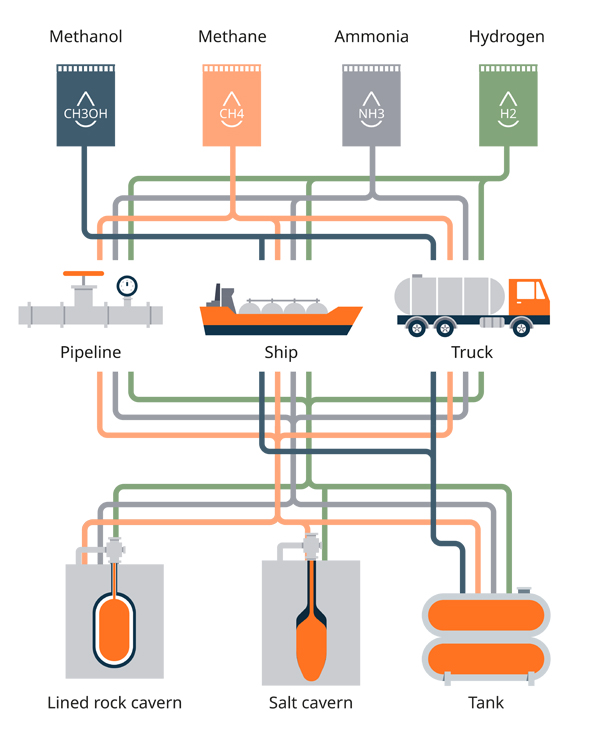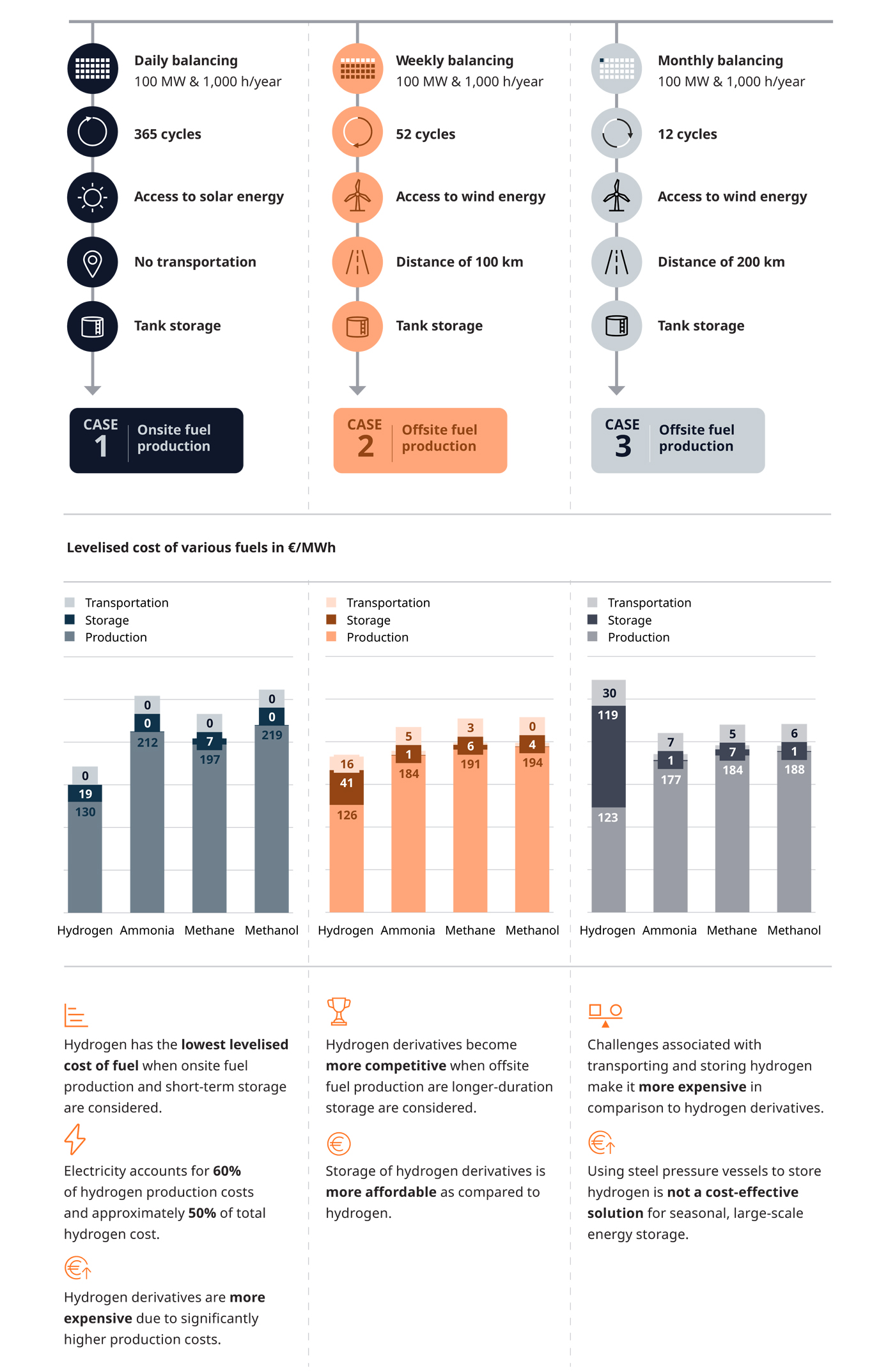

The feasibility of Power-to-X fuels for power generation
Decarbonising power systems requires technology that enables greater flexibility and facilitates the integration of renewable energy. Engine power plants running on sustainable fuels produced through the Power-to-X (P2X) process in combination with energy storage offer an ideal solution to meet this need.
The main P2X fuel options for power generation are green hydrogen, synthetic methane, ammonia and methanol. Wärtsilä’s continued research on P2X has led to a comprehensive economic feasibility analysis of the cost of using sustainable fuels for reliable power generation and long-term storage in the future.
Contents
- Introduction
- The value chain of P2X fuels
- Determining P2X fuel costs
- P2X case studies
- Modelling P2X in energy systems
- Conclusions
- Looking to the future
The potential of Power-to-X fuels for power generation
The adoption of sustainable fuels in the energy sector is not without its challenges. We modelled the feasibility of different P2X fuels in energy systems.

P2X value chain

Fuel production
The main P2X fuel options for power generation are green hydrogen, synthetic methane, ammonia and methanol.
Transportation
There are three ways to transport hydrogen in gas or liquid state and over short and long distances.
Storage
Depending on the type of storage, P2X fuels can be stored for later use either on- or offsite.
P2X case studies
We studied three main cases for determining P2X cost factors.
